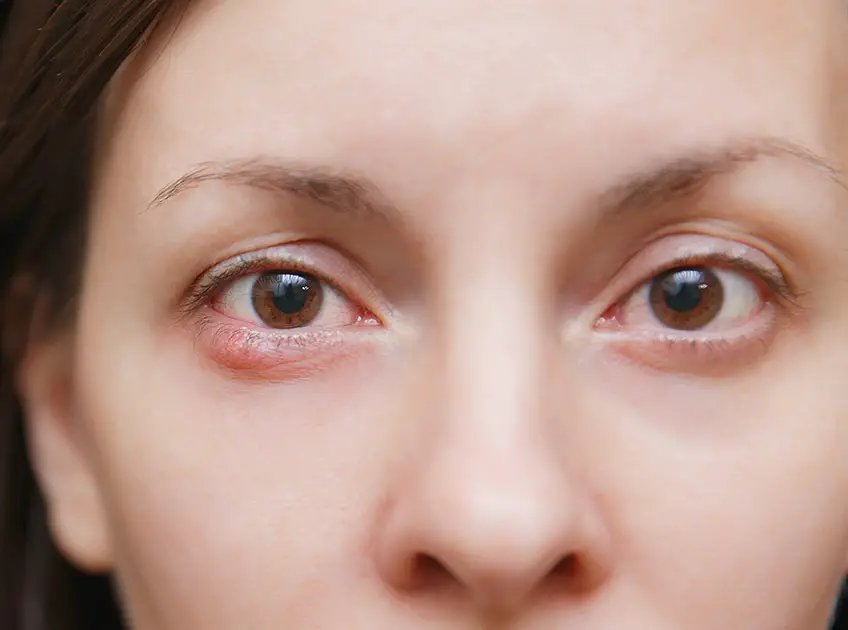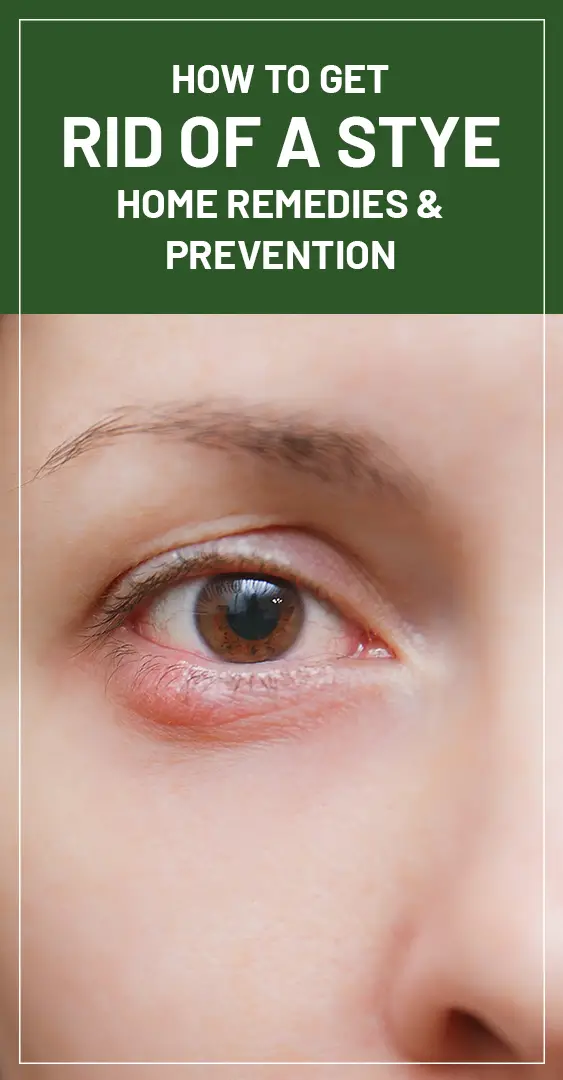
Important: This article is for informational purposes only. Please read our full disclaimer for more details.
A stye is a small, red bump that develops on the edge of your eyelid. It’s usually caused by a bacterial infection of the oil glands in your eyelid. A stye can be painful and make your eyes water. But it’s usually not serious and goes away on its own in a week or two.
How is Stye Caused?
A stye is usually caused by a bacterial infection of the oil glands in your eyelid. The bacteria get into the gland and cause it to swell. The swelling causes a red, painful bump on the edge of your eyelid.
How Can I Get Rid of My Stye?

Most styes go away on their own within a week or two. You can try home remedies to help relieve the pain and swelling. If the stye doesn’t go away, your doctor can drain it.
Home Remedies for Stye
There are several home remedies you can try to speed up the healing process and ease the pain and discomfort of a stye.
1. Warm Compress
The most common and effective home remedy for a stye is a warm compress. Applying a warm, wet cloth to the affected eyelid for five to 10 minutes several times a day can help reduce pain and swelling.
[ Recommended: Best Home Remedies for Pink Eye ]
2. Wash Hands Frequently

Wash your hands frequently and avoid touching or rubbing your eyes. This will help prevent the spread of bacteria and keep your eyelids clean.
3. Avoid Wearing Makeup
Avoid wearing makeup until the stye has healed. If you must wear makeup, be sure to wash your hands thoroughly before applying it. Also, avoid using eye makeup or contact lenses until the stye has fully healed.
4. Tea Bags
Tea contains tannic acid, which can help reduce swelling. Place a warm, wet tea bag on the affected eyelid for five to 10 minutes several times a day.
5. Don’t Pop Them
Do not attempt to pop or squeeze the stye. This can spread the infection and make it worse. Just leave it to the doctors.
[ Recommended: Why Do Your Eyes Get Red When You Cry ]
6. Use Mild Soap to Clean
Gently clean the area aroun the sty with a mild soap and warm water. Be sure to wash your hands thoroughly before and after cleaning the affected area.
7. Massage Around The Stye
Gently massage the area around the stye with your fingertips. This can help in draining the stye. Do not massage if it pains.
When to See a Doctor
Most styes go away on their own within a week or two. If the stye doesn’t go away or if it gets worse, you should see a doctor. Your doctor can prescribe antibiotics to help clear the infection. In some cases, the doctor may need to drain the stye.
Prevention Tips
There are several things you can do to prevent styes.
- Practice Good Hygiene: Wash your hands often and avoid touching your eyes with your hands.
- Remove Makeup Before Bed: Make sure to remove all your makeup before going to bed.
- Don’t Share Makeup Tools: Don’t share your makeup with others.
- Use Clean Towels: Don’t use someone else’s towel. Use a clean towel to dry your face.
- Don’t Wear Contact Lenses: If you wear contact lenses, make sure to clean them properly and don’t wear them for more than 18 hours a day.
Most styes go away on their own within a week or two. You can try home remedies to help relieve the pain and swelling. If the stye doesn’t go away, your doctor can drain it. There are several things you can do to prevent styes, such as practice good hygiene, remove makeup before bed, and don’t share makeup.
Read More
- Essential Oils For Eye Stye
- Home Remedies for Itchy Eyes
- How to Get Rid of Pink Eye (Conjunctivitis)
- Why Does My Eye Hurt When I Blink?
















